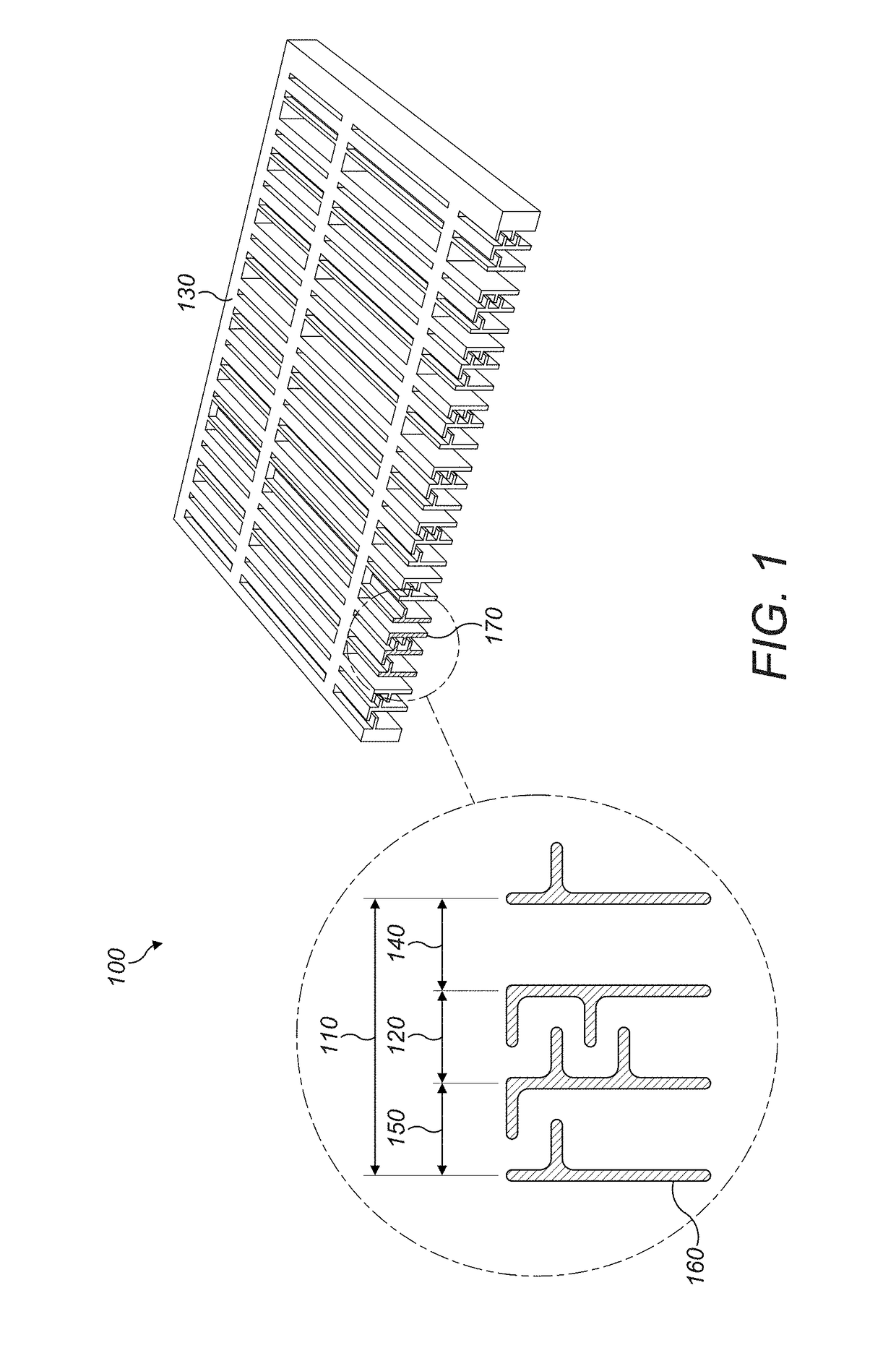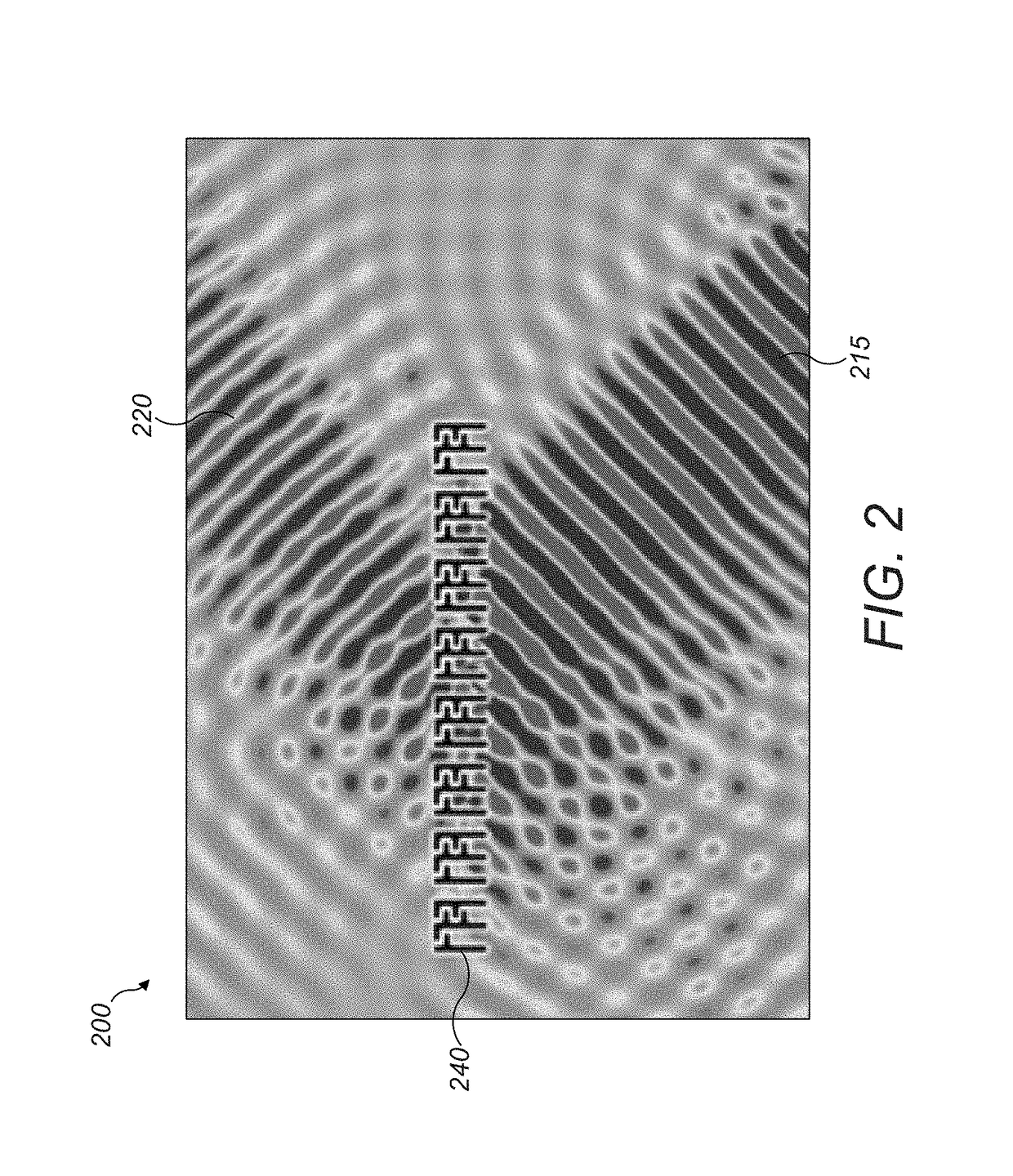Metamaterials and Acoustic Lenses in Haptic Systems
a technology of haptic systems and acoustic lenses, applied in the field of metal materials and acoustic lenses in haptic systems, can solve the problems of increasing the cost of assembly process, failure and variability of the transducer element, and expensive solution of using individually actuated transducers
- Summary
- Abstract
- Description
- Claims
- Application Information
AI Technical Summary
Benefits of technology
Problems solved by technology
Method used
Image
Examples
Embodiment Construction
[0034]Described herein are certain techniques for improving the performance of haptic-based systems. These techniques may be used either alone or in various combinations.
I. DYNAMIC CONTROL OF METAMATERIALS
[0035]A. Dynamic Metamaterials
[0036]Though there are many structures that qualify as metamaterials, the most common is that of an arrangement of elements whose size and spacing is much smaller relative to the scale of spatial variation of the exciting field. With this limit, the responses of the individual elements, as well as their interactions, can often be incorporated (or homogenized) into continuous, effective material parameters; the collection of discrete elements is thus replaced conceptually by a hypothetical continuous material The advantage of this homogenization procedure is that sophisticated and complex materials can be engineered with properties beyond what is naturally available. For these purposes (creating acoustic fields) the propagation of the monochromatic wave...
PUM
 Login to View More
Login to View More Abstract
Description
Claims
Application Information
 Login to View More
Login to View More - R&D
- Intellectual Property
- Life Sciences
- Materials
- Tech Scout
- Unparalleled Data Quality
- Higher Quality Content
- 60% Fewer Hallucinations
Browse by: Latest US Patents, China's latest patents, Technical Efficacy Thesaurus, Application Domain, Technology Topic, Popular Technical Reports.
© 2025 PatSnap. All rights reserved.Legal|Privacy policy|Modern Slavery Act Transparency Statement|Sitemap|About US| Contact US: help@patsnap.com



